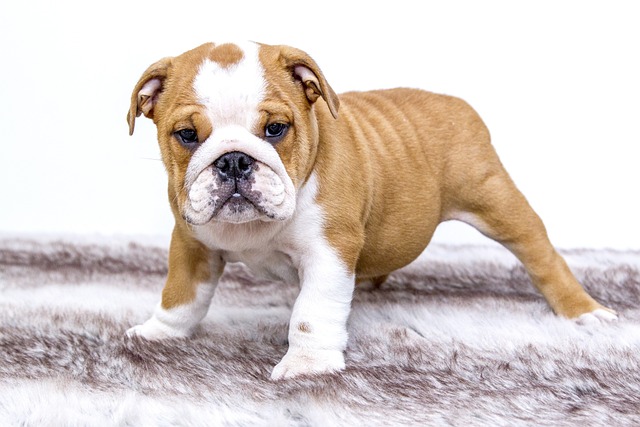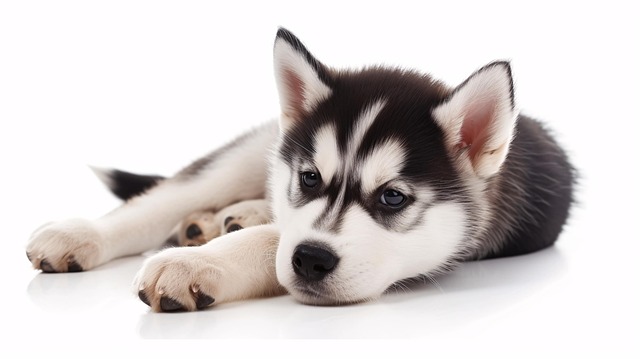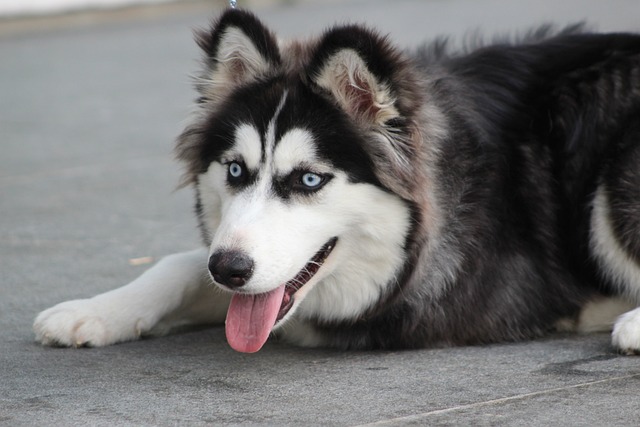
Why is my dog acting weird but still eating and drinking?
It’s confusing when your dog’s acting off—hiding more, ignoring their favorite toy, or pacing—but still chows down and laps up water.
Finding your puppy gnawing on their new cooling mat can make any first-time U.S. dog owner’s heart race: Is the gel inside toxic? Could they choke on a piece? With so many pet products on the market, it’s smart to question safety—but the short answer is: Dog cooling mats are rarely dangerous, as long as you pick the right one and supervise use. Most risks stem from poor choices (cheap, untested mats) or neglect, not the mats themselves.
To understand safety, let’s look at how cooling mats are made and where risks pop up. The biggest concern is chewing and ingestion: Puppies or heavy chewers might tear open gel-based or freezeable mats, swallowing gel or plastic pieces. But reputable brands use non-toxic, food-grade gel (similar to baby teether gel) that passes FDA-like safety tests for pets. My neighbor’s 6-month-old Corgi, Charlie, chewed a small hole in his gel mat last summer—he spit out the gel, and the vet confirmed it wouldn’t make him sick (they just replaced the mat). Another minor risk is overcooling: Freezeable mats that are too cold can irritate sensitive paw pads or cause discomfort, but this is easy to fix by letting the mat thaw for 10 minutes before use. Fabric-based cooling mats have almost no risks—they’re just breathable material, though less effective in extreme heat. The key danger to avoid? Cheap, unbranded mats from discount sites—they may use toxic gels or flimsy plastic that tears easily.
To keep your dog safe, follow these steps. First, choose a reputable mat: Look for labels like “non-toxic,” “chew-resistant,” or certifications from pet safety organizations (e.g., ASTM). Pick the right size—too-small mats make dogs more likely to chew edges. For chewers, opt for a mat with a thick, nylon cover (not thin vinyl). Second, supervise initial use: Watch how your dog interacts with the mat—if they nip at it, redirect them with a chew toy (use positive reinforcement: praise them for chewing the toy instead of scolding, which aligns with U.S. animal welfare standards). Third, inspect regularly: Check for tears or leaks weekly—replace the mat at the first sign of damage. Never use a mat with a broken seal, even if the gel is non-toxic.

For apartment living, store cooling mats in a closed cabinet when not in use (to keep curious puppies from chewing them unsupervised). If you bring the mat to a community dog run, always carry extra poop bags (cities like Seattle fine $250 for leaving messes) and don’t leave the mat unattended—other dogs might chew it. Summer means more outdoor time, so confirm your dog’s rabies vaccine is up to date (required nationwide)—heat brings more wildlife that could carry diseases. Remember: Cooling mats are a tool, not a substitute for shade or water—always provide fresh water alongside the mat, especially on hot days.
Dog cooling mats are safe when you prioritize quality and supervision. By avoiding cheap brands and keeping an eye on your pup, you’ll get all the cooling benefits without the worry.

It’s confusing when your dog’s acting off—hiding more, ignoring their favorite toy, or pacing—but still chows down and laps up water.

You’re brushing your 1-year-old German Shepherd, Bella, when you notice a bald patch on her chest and red, inflamed paws.

Dogs often scratch or lick their paws excessively when dealing with skin issues, and these signs shouldn’t be ignored.

Coming home to find your 6-month-old German Shepherd, Max, nosing a half-eaten chocolate bar under the coffee table is every new owner’s nightmare.

If you’ve caught your dog rubbing their ear against the couch until it’s pink, or woken up to the sound of them shaking their head so hard their tags jingle

Waking up to find your dog scratching their ear until it’s red, or catching them shaking their head so hard their collar jingles, is enough to make any new U.S.